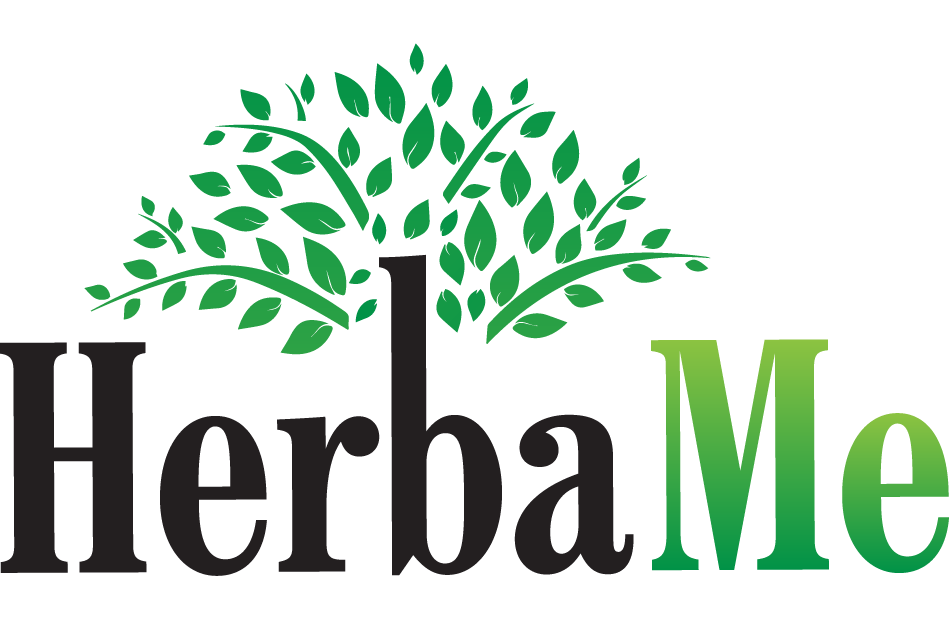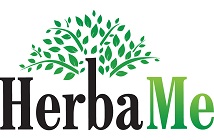How to improve our blood circulation?
The circulatory system (cardiovascular system) delivers nutrients and oxygen to all cells in the body. It consists of the heart and blood vessels that run throughout the body. The arteries carry blood from the heart to the body, and the veins return it to the heart. The vascular system resembles the crown of a tree because the main artery (aorta) branches into large arteries that lead to smaller and smaller vessels. The smallest arteries end in a network of small vessels – the so-called capillary network.
The blood in the heart moves in eight – from the veins goes to the right atrium, then the right ventricle pushes it into the lungs, where it is saturated with oxygen and returns to the left atrium. Then, from the left ventricle through the arteries, blood flows to all organs in the body. Nutrition and respiration of the heart are provided by the coronary vessels.
The main role of the bloodstream is to provide oxygen and nutrients to every cell in the body. This allows the proper functioning of all organs and systems. In some cases, however, it can be violated. There are various factors that contribute to circulatory disorders – impaired regulation of the nervous system, cardiovascular disease, tobacco use, excessive caffeinated beverages, alcohol abuse, severe stress, and more.
Benefits of good blood circulation:
Increasing blood flow in the body promotes cell growth and organ function, as well as taking care to maintain metabolism. The skin also benefits from stimulating blood circulation – it becomes much fresher, more vibrant, healthier, more radiant, more beautiful. Healthy skin is able to fight bacteria and infections that it comes in contact with every day. Other benefits of good blood circulation are – regulated blood pressure, purification of blood vessels from toxins, maintaining health, protecting the liver, reduced chances of developing allergies, maintaining good muscles, and much more.
Symptoms of poor circulation:
The most common symptoms of poor circulation include:
- Tingling
- Stiffness
- Pulsating pain in the limbs
- Muscle cramps
Any condition that can lead to poor circulation can also cause specific symptoms. For example, people with the peripheral arterial disease may have erectile dysfunction along with the typical pain and tingling. Your circulatory system nourishes and supports every cell in the body, so it is important to maintain it.
Good circulation depends on a number of factors: healthy blood, capable of efficiently transporting oxygen and nutrients to cells; a strong heart, able to effectively pump this rich blood to all limbs and organs of the body; normal blood pressure; clean blood vessels.
Chronic venous insufficiency is a disease with a great impact on the lives of patients. According to the medical society dedicated to angiology and vascular surgery, it affects 25% of the population, especially women. Within this percentage, more than half of people are undiagnosed.
HOW TO IMPROVE BLOOD CIRCULATION IN VARICOSE VEINS?
Varicose veins occur for many reasons, including genetic. There are other factors, such as excessive warming, a prolonged stay of the body in one position, pregnancy, sedentary lifestyle, diseases that can lead to their appearance.
Varicose veins in some people are asymptomatic, which delays consultation with a doctor and treatment.
In many cases, the condition can lead to complications, such as thrombophlebitis or venous thrombosis.
In this sense, timely diagnosis is essential. Even the most harmless symptoms should not delay consultation with a specialist, as treatment at an early stage can greatly change the course of the disease and prevent future complications.
See what are the main recommendations for the prevention of venous diseases:
Exercise
In many patients with venous diseases, improvement in physical activity is recommended in parallel with the treatment. Always suitable, at any age, physical shape and conditions, sport leads any health or healing change. When it comes to the prevention of venous diseases, the most suitable are jogging, walking, and light exercise.
Move
Avoid prolonged standing in the same position for long periods of time. This is true both if you work sitting down and if you spend most of your working time doing it. Exercise every 40-50 minutes. If you work at a desk, you can slightly raise your legs about 20-25 cm from the ground.
Ensure body comfort
While relaxing at home, create appropriate habits for this. Instead of watching TV while sitting, lean back and put your feet high. Before going to sleep, lift them on a pillow and relax for about 15-20 minutes. Move at every opportunity and limit standing in one position.
Review your food menu
Moderate consumption of salt in the diet is allowed, but when it comes to vascular disease, the amount of salt should be kept to a minimum. Both home-cooked meals and the products you buy ready-made require attention. Be especially careful with canned foods and sausages, as they contain extremely large amounts of salt. Herbs and vitamins can help you to boost your circulation.
Hawthorn often recommended by herbalists as a “circulating tonic”. Hawthorn can help in cases of reduced circulation, heart problems and high blood pressure, and is the ideal tool for regulating heart problems and diseases.
Garlic acts as a cleanser for the blood and blood vessels, thus stimulating blood flow.
Ginger is widely recognized because it has many health benefits. It not only cleanses the body, stimulates the immune system, improves the lymphatic system, but also has a beneficial effect on blood flow in the body.
You can find them all in one place, as well as other selected ingredients in our specially created Blood Circulation Supplement – Blood Flow Care by Herbame.
Control your weight
Achieving a balanced weight is not just about the aesthetic need to look good. Many diseases get worse with weight gain and obesity. Achieving weight control is prevention and basic advice in vascular diseases.
Be fashionable
Forget about tight shoes, flat sandals, and heels. Comfortable shoes are in fashion, which provides comfort to the feet without tightening and without exerting tension in the ankle area. The ideal shoes with a raised sole of about 3 or 4 cm.
Avoid tight legs and clothes
In the area of the legs, it is important that the clothes are loose. Everything that tightens and compresses the legs disrupts blood flow and venous circulation. Say goodbye to tight jeans and leggings, tight socks, and tights.
Take care of blood circulation
For varicose veins, special elastic compression stockings are recommended to promote blood circulation. Alternating hot and cold showers and massages with cosmetic creams with cooling and relaxing effects are also suitable.



